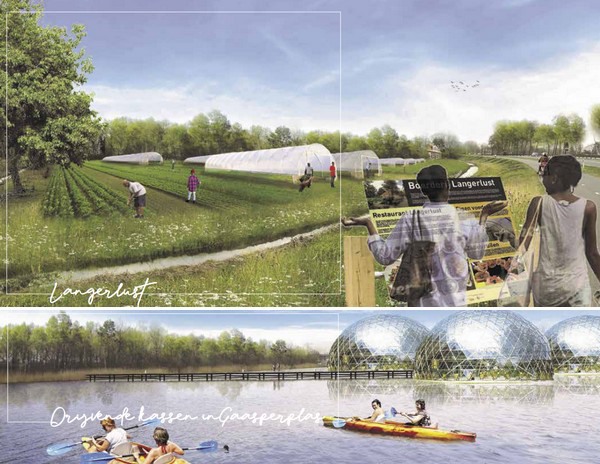Many people of many different cultures call Amsterdam-Zuidoost in the Netherlands home. So, there's a great demand for exotic fruit and vegetables. The Amsterdam city council wants to see if these can be grown right there in the city.
This could be, say, in a floating greenhouse, or one atop a highway bridge, or even in a vertical farm. The aim is to make the south-eastern part of the city greener. And reduce its dependence on imports or greenhouse cultivation elsewhere.
Cheaper and healthier
There's a growing dynamic around cultivating and trading exotic vegetables. That's reason enough to try and find different urban cultivation methods. That's according to the researchers. People should be able to grow various vegetables in the city.
These include Sopropo, Amsoy, and chilies. Urban farming is already a reality in Amsterdam. However, researchers would like to see more (professional) cultivation. They also want to get more people involved.
Then, they say, transportation costs can be reduced. Also, the year-round supply will increase. And the farmers will need fewer pesticides. Products can be harvested in good time too. That benefits their flavor and nutritional value.
Currently, exotic vegetables come from overseas, say the researchers. Or, when in season, they're grown in greenhouses elsewhere in the Netherlands. Prices run up considerably, especially in the import season. According to the researchers, that's the problem with imported vegetables.
They're generally (too) expensive. People, therefore, don't buy or eat them. That affects the health of the people living in that part of Amsterdam. It's challenging to get a year-round supply of, often, inferior-quality products.

A couple of sketches of greenhouse cultivation projects in different parts of the city.
2022
You can see what's envisioned here. There's no doubt that Amsterdam-Zuidoost is going to change. But when the first steps toward this will be taken, isn't clear. The only actual date mentioned is 2022. Plots for urban farming should be available by then.
